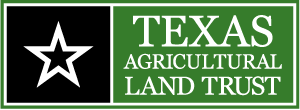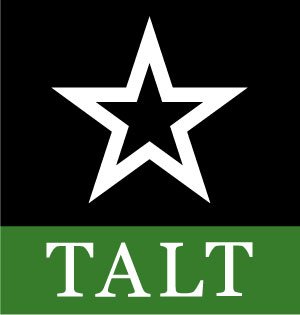JTW Ranch
From the very first time he hunted with his dad on his family’s JTW Ranch in South Texas, Andrew Walker felt a deep and immediate connection to the land.
“My dad loved to quail hunt in Texas, and on our very first hunt after he purchased the ranch in 1988, we walked for hours following our bird dogs,” recalled Walker. “We stopped to rest on the banks of Pena Creek and I noticed an arrowhead on the sand between my boots. It is one of the few arrowheads I have ever found, and it was just an incredible coincidence that we stopped there. It was as if God himself, the Great Spirit, had placed it there for me to find.”
Since then, Walker has worn that arrowhead on a necklace when he is in the field enjoying outdoor adventures.
“Whenever I put it on, I feel connected to my father, this land, and God himself,” he said.
Walker’s love of the land is deeply rooted. He grew up near Shreveport, on land that has been in his family since the 1860’s. As the land changed hands from generation to generation, parts of it were sold until only a few hundred acres remained.
“Now it is completely surrounded by development, and the same thing is happening in South Texas,” said Walker.
Walker’s father, James Tigner Walker, passed away in 2014. Since then, his son has spent as much time on the ranch as he can with family and friends, traveling there for several weeks each month during hunting season. In the off season, Walker does what his dad used to do.
“When my dad bought this property, he immediately became obsessed with improving it. From clearing invasive mesquite, to planting food plots for wildlife, to building and enlarging tanks to provide water, he poured a lot of work into it,” he said. “His efforts not only enhanced the hunting and fishing adventures we shared with friends, but also benefitted the cattle and the many non-game species of wildlife. Now, that’s what I do. There’s always another project waiting to be done on the ranch.”
In recent years, Walker noticed increasing development pressure around the Dimmit County ranch and began to worry about what would happen to the land he loves after he is gone. In 2017, he learned about conservation easements and the Texas Agricultural Land Trust (TALT) and reached out to learn more.
“I really didn’t know anything about conservation easements, except for the fact that a lot of people were skeptical and said it’s like the government’s trying to take over your land,” said Walker. “I didn’t necessarily buy into that, and the more I learned about it, I realized an easement might be something that could help keep the JTW Ranch from ever being developed.”
It was a somewhat complicated journey to get from exploring the idea to closing the easement transaction. While some landowners are in a position to donate an easement, many need financial assistance to make the transaction work.
Walker was able to access funds from Texas Parks and Wildlife Department’s (TPWD) Farm and Ranch Lands Conservation Program and the Natural Resources Conservation Service’s (NRCS) Agricultural Conservation Easement Program, known as ACEP.
The legal documents associated with an easement can also be a little overwhelming, and Walker worked through several issues he was concerned about with TALT’s Land Team.
“They are straight shooters at TALT, and we were able to work through some of the issues that I was concerned about,” he said. “It’s not a one-size-fits all approach, and that’s a good thing.”
Thanks to Walker’s perseverance and a little help from his friends at TALT, TPWD and NRCS, the easement closed in November 2021, forever protecting 433 acres of the South Texas ranchland he cherishes.
Photos taken by Wyman Meinzer.
“This is a great example of how we can leverage private funds to amplify public funding for conservation easements,” said Darren Clark, TALT’s Director of Land Conservation. “These federal and state programs along with private funding are having a real impact on the ground. There’s a lot of different ways to protect private land, but as I like to tell landowners, a conservation easement is the biggest bang for the buck. It’s perpetual and the land will be protected forever.”
It was a somewhat complicated journey to get from exploring the idea to closing the easement transaction. While some landowners are in a position to donate an easement, many need financial assistance to make the transaction work.




